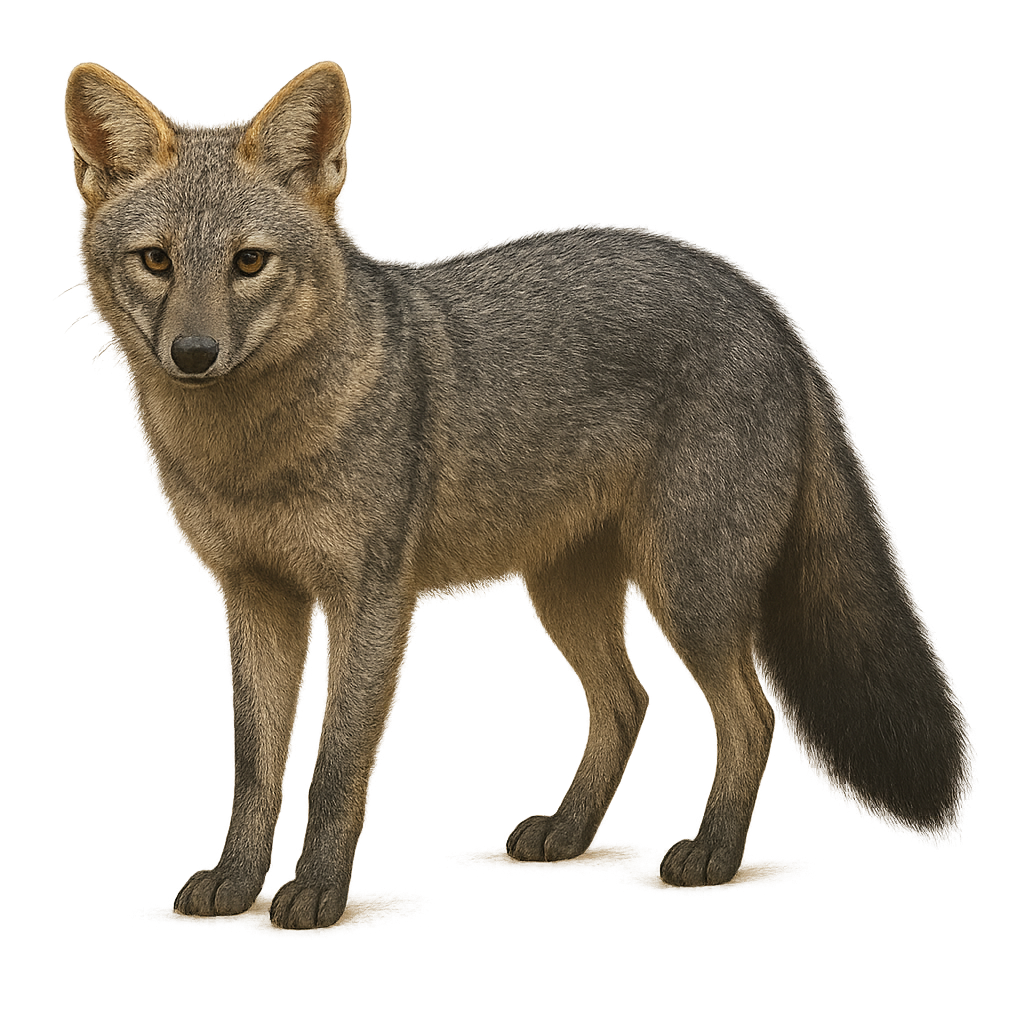Your wildlife photography guide.
Explore the crab-eating fox in detail, study its behavior, prepare your shots.
Where to observe and photograph the crab-eating fox in the wild
Learn where and when to spot the crab-eating fox in the wild, how to identify the species based on distinctive features, and what natural environments it inhabits. The WildlifePhotographer app offers tailored photography tips that reflect the crab-eating fox’s behavior, helping you capture better wildlife images. Explore the full species profile for key information including description, habitat, active periods, and approach techniques.
Crab-eating fox
Scientific name: Cerdocyon thous

IUCN Status: Least Concern
Family: CANIDAE
Group: Mammals
Sensitivity to human approach: Suspicious
Minimum approach distance: 10 m
Rut period: August to September
Gestation: 52-60 jours
Births: October to November
Habitat:
Tropical forests, savannas, wetlands
Activity period :
Active at dawn and dusk, ideal moments for observation.
Identification and description:
The crab-eating fox, or Cerdocyon thous, is a medium-sized canid, measuring about 60 to 70 cm in length with a bushy tail of about 30 cm. Its coat is generally gray with shades of brown and black, allowing it to blend into its natural environment. It is primarily nocturnal and crepuscular, feeding on a variety of foods, including fruits, insects, small mammals, and, as its name suggests, crabs. It is found in various habitats ranging from tropical forests to open savannas, mainly in South America. Although often solitary, it can form monogamous pairs during the breeding season.
Recommended lens:
400mm – adjust based on distance, desired framing (portrait or habitat), and approach conditions.
Photography tips:
To photograph the crab-eating fox, it is advisable to use a telephoto lens of at least 400 mm to capture detailed images from a distance, as this animal is naturally suspicious. The best time to observe it is at dusk or dawn when it is most active. Look for areas near water where it might be hunting crabs. Be patient and discreet, using neutral-colored clothing to blend into the environment. A tripod can be helpful to stabilize the camera in low light conditions.
The WildlifePhotographer App is coming soon!
Be the first to explore the best nature spots, track rutting seasons, log your observations, and observe more wildlife.
Already 1 430 wildlife lovers subscribed worldwide

